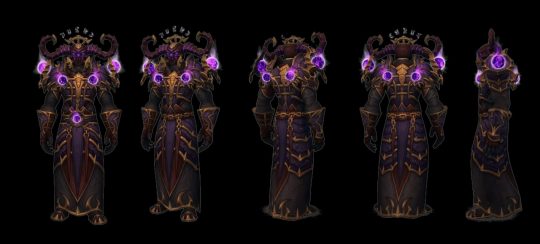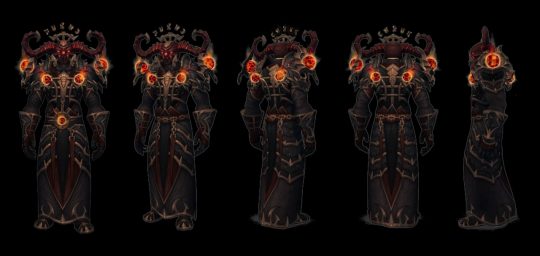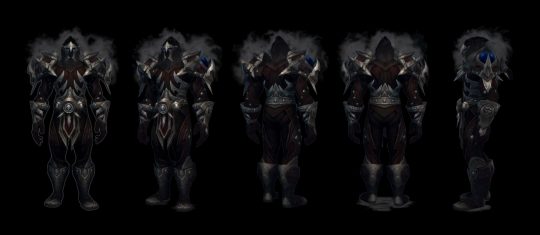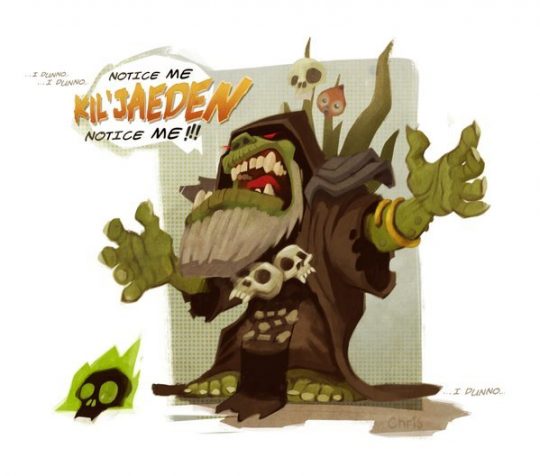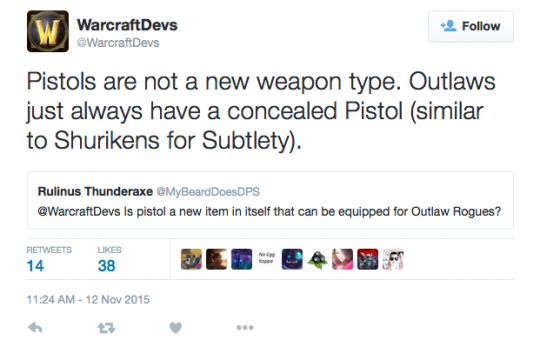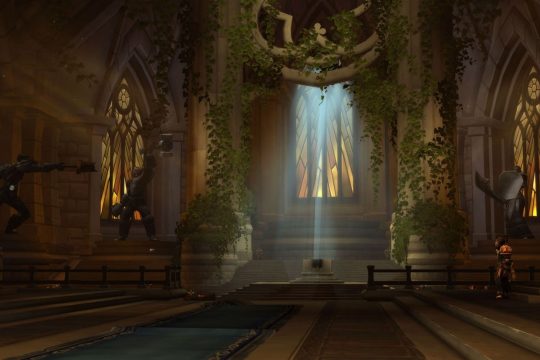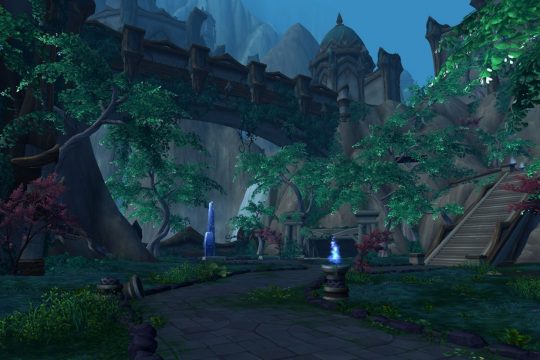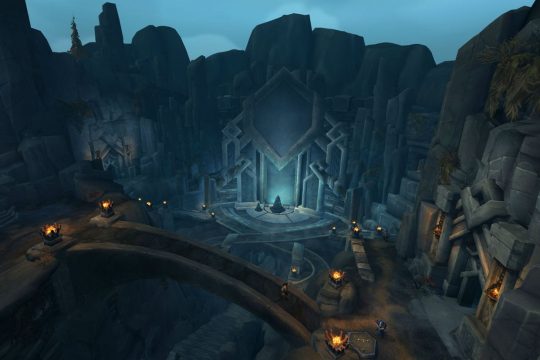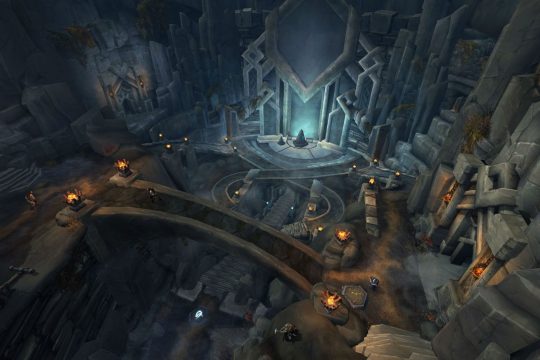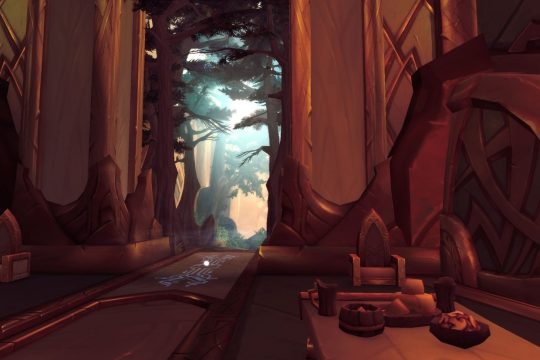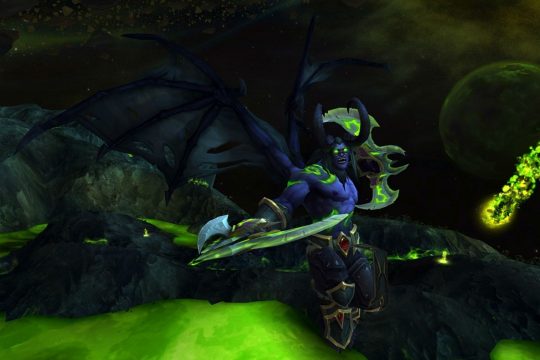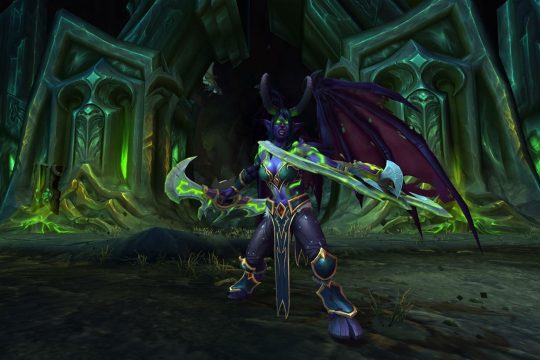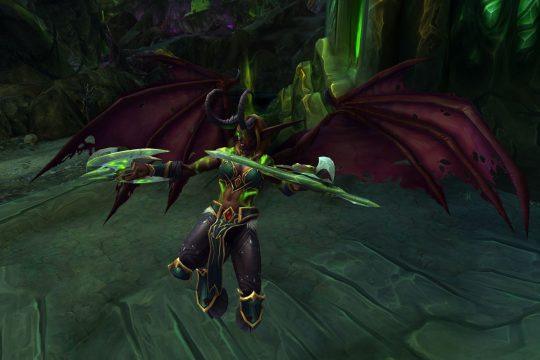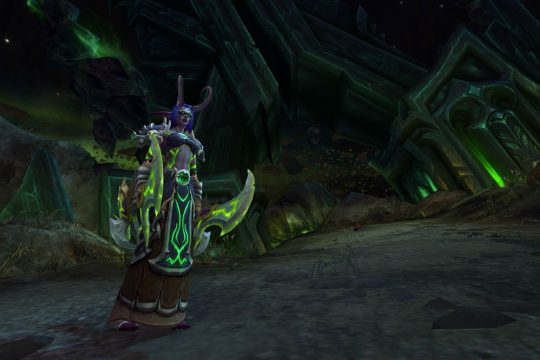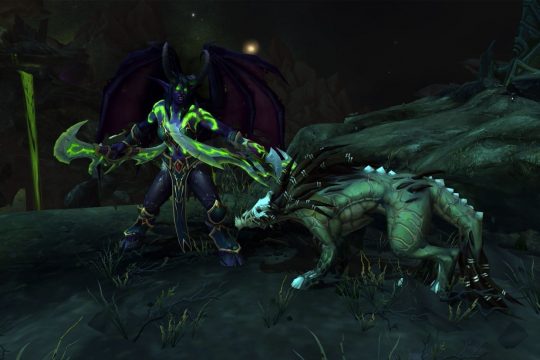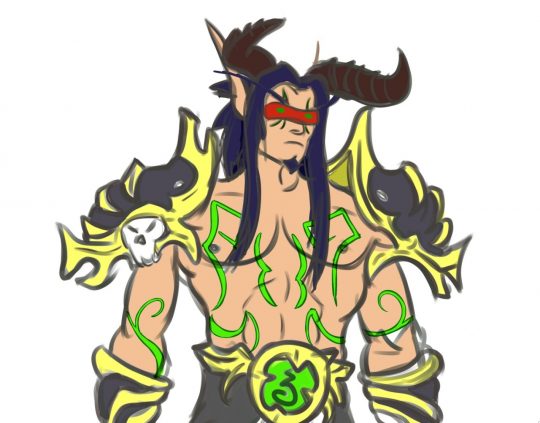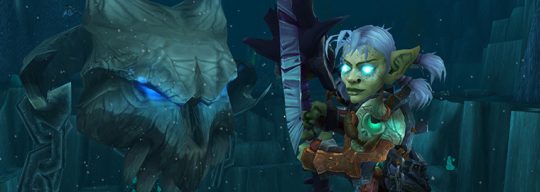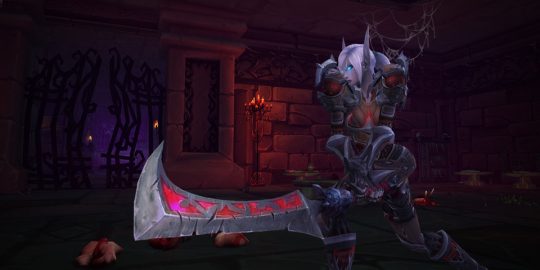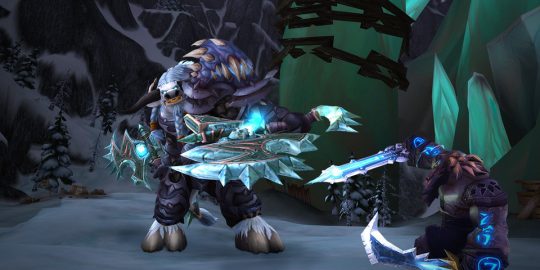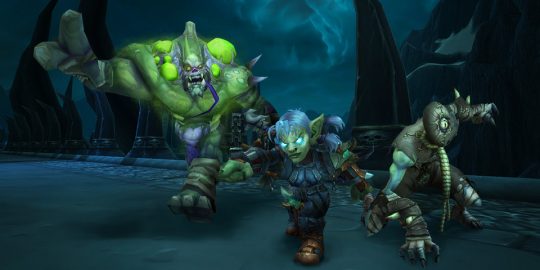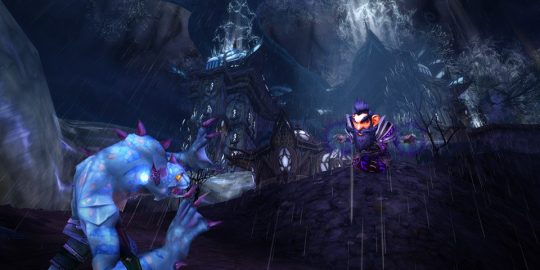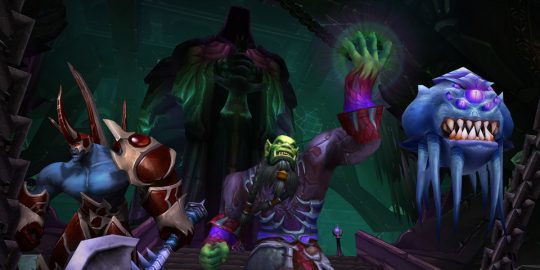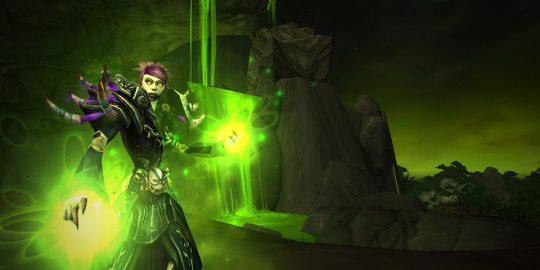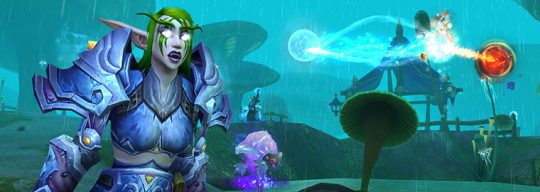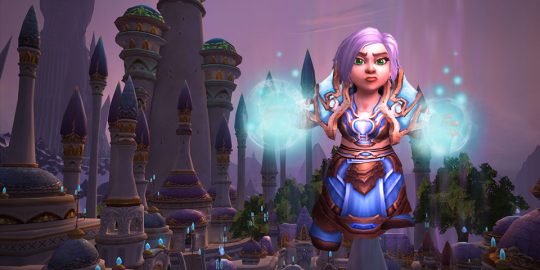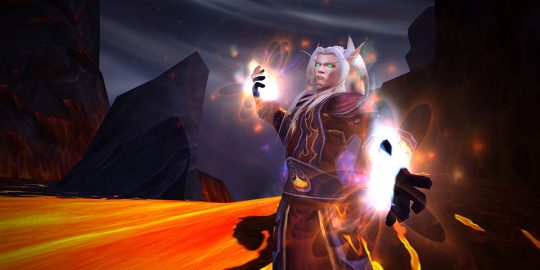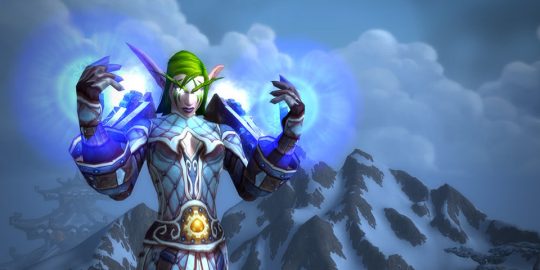Legion Warlock PVP and Mythic Raid gear.
Legion Warlock PVP and Mythic Raid gear.
Legion Rogue PVP and Mythic Raid gear.
Legion Rogue PVP and Mythic Raid gear.
Inspired by @nerdist @andrewbowser and his perfect summation of the Warcraft movie trailerhttps://twitter.com/artofcgrobinson/status/665401992261591040
Inspired by @nerdist @andrewbowser and his perfect summation of the Warcraft movie trailer
https://twitter.com/artofcgrobinson/status/665401992261591040
No actual pistol weapons in Legion
No actual pistol weapons in Legion
Environments from World of Warcraft: Legion will ‘feel like you’re in a piece of art’ (Wired)
Demon Hunters from World of Warcraft: Legion will ‘feel like you’re in a piece of art’ (Wired)
Demon Hunters from World of Warcraft: Legion will ‘feel like you’re in a piece of art’ (Wired)
Ok but the DH stater zone armor.
Ok but the DH stater zone armor.
Legion Class Preview Series: Death KnightThe first new class introduced to World of Warcraft after its launch, Death Knights came into the fray with an identity unmistakably tied to the Wrath of the Lich King story. The Death Knights of Acherus, their cold bodies lifted from the
Legion Class Preview Series: Death Knight
The first new class introduced to World of Warcraft after its launch, Death Knights came into the fray with an identity unmistakably tied to the Wrath of the Lich King story. The Death Knights of Acherus, their cold bodies lifted from the grave in the Scarlet Enclave, were commanded by the Lich King and Highlord Darion Mograine to slaughter every villager in Tyr’s Hand, New Avalon, and Havenshire, and to sack Light’s Hope Chapel, decimating both the Scarlet Crusade and the Argent Dawn.
Ultimately, as a result of such uncompromising ambition, the Lich King was betrayed by Highlord Mograine in an act that freed the Death Knights from their servitude. Under Mograine’s leadership they formed the Knights of the Ebon Blade and began joining the ranks of the Horde and Alliance forces bound for Icecrown Citadel to end the reign of Arthas, the Lich King. Though now free from the Lich King’s grasp, these once virtuous champions remain knights of darkness, wielding runeblades of death and destruction and mercilessly stealing the very life essence of their enemies.
We always want to reflect the Death Knight origin story and identity in how they play. The biggest area where we see room for improvement is in their resource system. Runes are a very iconic resource, but their functionality has always been convoluted. In Legion, we’re making Runes more straightforward by removing their division into separate Blood, Frost, and Unholy types. Death Knights now have six unified Runes to spend, with a maximum of three recharging at any one time.
With this change, it’s also important that we preserve the existing gameplay familiarity of Death Knights by making mostly minor changes to core ability functionality and cost—we don’t want the Rune change to create a situation where the best Frost rotation is just Obliterate, Obliterate, Obliterate. Finally, we’re reducing ability overlap between specializations, giving each a single disease with a unique trait and creating a talent tree that’s largely populated with spec-specific talents to better distinguish them.
Blood
The core abilities for Blood should be familiar, though we’ve touched them up to bring added clarity to the specialization. Each core ability now better leverages that sinister command of blood and bone to fuel your survivability. In particular, we’ve changed Death Strike to cost Runic Power instead of Runes. This results in a more clear choice of resource expenditure; you can’t lock yourself out of being able to heal if you spend a Rune at the wrong time, and also gives Runic Power generation a bigger impact.
Frost
The mechanics of the Frost Death Knight are quite solid and we don’t want to do too much to change that. You’ll notice that the core combat abilities listed below are largely familiar. One small area where we found room for improvement, however, is in Killing Machine’s passive interaction with the core rotation. While the automatic critical strikes it provides feel good, it’s often better to ignore its proc in favor of spending resources as fast as you can, as your damage output suffers if you wait for the different resources required for using Obliterate and Frost Strike to become available. Killing Machine now only affects Obliterate, and making wise use of its effect should feel more meaningful.
Unholy
Unholy is receiving slightly more mechanical changes than Blood and Frost, to better realign with their unique identity. We want to ensure that Unholy continues to be the spec with the most active use of diseases. In this regard, we recognize that Festering Strike lost its luster over time and have developed a new mechanic to ensure the ability remains integral in the Unholy rotation.
Legion Class Preview Series: WarlockWarlocks are the most volatile and insatiable of spellcasters. Though they often pledge themselves to the service of noble causes and are not innately evil, their desire to understand darker magics and exercise unwavering command over demonic
Legion Class Preview Series: Warlock
Warlocks are the most volatile and insatiable of spellcasters. Though they often pledge themselves to the service of noble causes and are not innately evil, their desire to understand darker magics and exercise unwavering command over demonic forces breeds mistrust among even their closest allies.
Warlocks peer into the Void without hesitation, leveraging the chaos they glimpse within to devastating ends in battle—their greatest abilities are fueled by the souls they’ve harvested from their victims. They exploit powerful Shadow magic to manipulate and degrade the minds and bodies of their enemies. They employ Fire magic, dropping hellish rain from the sky, to immolate the opposition. They summon and command indomitable demons from the Twisting Nether to do their bidding, or even to be sacrificed as the Warlock sees fit, empowering and protecting the dark caster from harm.
The foundation of the Warlock class has been long and well established in Warcraft lore. However, while Affliction and Destruction Warlocks have maintained consistent, distinguished fantasies, the core identity of the Demonology Warlock has strayed too far from its roots in recent years. A primary goal for Warlocks in Legion is to accentuate the existing motifs for Affliction and Destruction, while returning Demonology back to its roots of summoning, utilizing, and empowering demons.
Warlock resources have also become too cumbersome, causing confusion that outweighed their depth. To this end, we’re going to once again standardize Warlocks on their most class-defining resources: Mana and Soul Shards. Finally, demons have always served various utility purposes, but most of them are very niche, while the same one or two demons see the vast majority of limelight. We want to re-incentivize demon variety, strengthening the various utilities that each demon supplies, and causing some demons to be favored based on the Warlock’s spec.
Legion Class Preview Series: Mage In terms of spec definition and overall design changes, Mages lay in contrast to the classes we’ve talked about so far in this series. Mages are in a very strong place compared to most classes, both thematically and mechanically. There’s a
Legion Class Preview Series: Mage
In terms of spec definition and overall design changes, Mages lay in contrast to the classes we’ve talked about so far in this series. Mages are in a very strong place compared to most classes, both thematically and mechanically. There’s a lot of distinction among Arcane, Fire, and Frost Mages, with each type of caster specializing heavily in a single school of magic, and each of the three schools having strong themes and consistent properties. Arcane magic warps time and space, and controls the flow of mana; Fire magic unleashes destructive force that spreads chaotically; and Frost slows and controls, setting foes up for devastating strikes.
